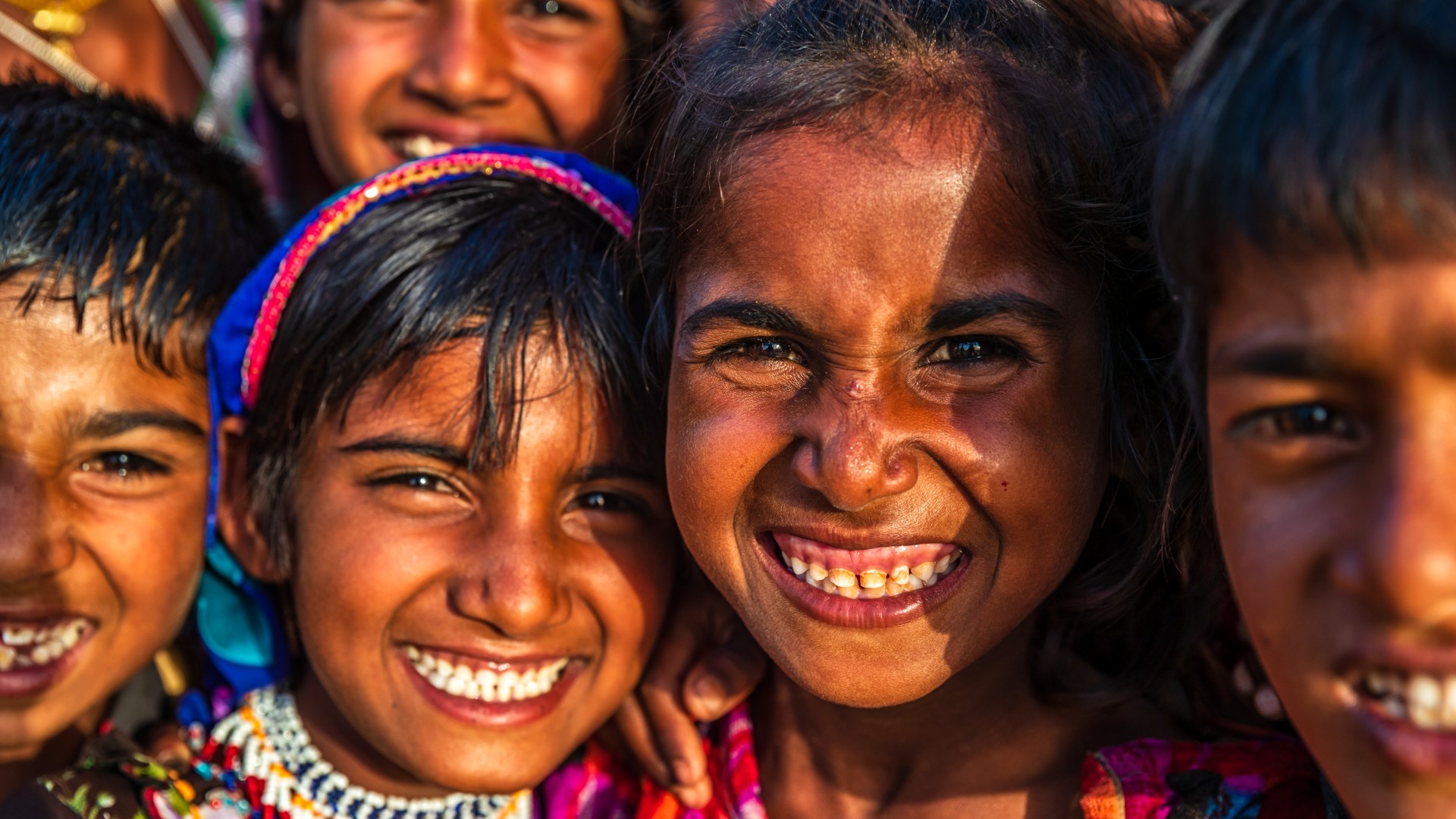
Researchers have gleaned new insights into India's evolutionary history after conducting the largest genome study of its kind.
Scientists analyzed more than 2,700 modern Indian genomes from 17 states, including DNA from individuals from most geographic regions, speakers of all major languages, tribal and caste groups.
They revealed that one of the three main ancestral groups in India — ancient Iranian farmers — can be traced back to a group of agricultural farmers from Sarazm in modern-day Tajikistan. They also uncovered the extraordinary diversity of DNA inherited from Neanderthals and Denisovans, the closest, now-extinct relatives of modern humans.
Additionally, the team found that most of the genetic variation within the current Indian population stems from a single, major migration event of modern humans to India from Africa around 50,000 years ago.
The researchers described their findings in a preprint paper published Feb. 20 on the bioRxiv database.
Related: Europeans' ancient ancestors passed down genes tied to multiple sclerosis, Alzheimer's risk
"South Asian populations are often underrepresented in genomic studies," Elise Kerdoncuff, lead study author and a population geneticist at the University of California, Berkeley (UCB), told Live Science in an email. "Studying Indian populations helps us understand the history of India, and as our study demonstrates, it also provides valuable insights into broader aspects of human history."
Home to more than 1.4 billion people, India is one of the most populated countries in the world, with more than 4,500 anthropologically well-defined populations, including castes, tribes and religious groups. However, despite this extensive diversity, Indian populations have often been underrepresented in genomic studies, which have primarily focused on people of European ancestry.
To paint a clearer picture of genetic variation in India, the authors of the new study analyzed the genomes of thousands of individuals who participated in the Longitudinal Aging Study in India-Diagnostic Assessment of Dementia (LASI-DAD). Participants were over the age of 60 and agreed to have blood samples taken for analysis.
Most Indians derive ancestry from three ancestral groups: ancient Iranian farmers, Eurasian Steppe pastoralists and South Asian hunter-gatherers. Researchers already understood how the latter two groups came to India, but they didn't know how and when DNA from ancient Iranian farmers arrived in the region, co-senior study author Priya Moorjani, an assistant professor of genetics, genomics, evolution and development at UCB, told Live Science in an email.
In one analysis in the new study, the team compared the DNA of modern Indians to that of Iranian-related individuals from the Neolithic, or New Stone Age, to the Iron Age. They found that ancient Iranian-related DNA inherited by Indian populations originated from individuals from Sarazm from the early Neolithic.
In a separate analysis, the researchers compared the DNA of modern Indians to that of sequenced Neanderthal and Denisovan genomes and found that Indians, like most non-Africans, inherited between 1% and 2% of their DNA from these groups. This DNA is highly diverse: Almost 90% of all known Neanderthal genes found in humans outside of Africa were detected in the Indian genomes studied.
The team also discovered that most of the genetic variation found in modern Indians comes from a single major migration of individuals from Africa 50,000 years ago. This contrasts with previous archaeological studies that suggested modern humans settled in India earlier, for instance before the Toba volcano erupted around 74,000 years ago.
Many questions remain, in particular regarding the population that was living in India 50,000 years ago. For example, the researchers still don't know whether the range of Neanderthals and Denisovans extended to South Asia, or if modern humans encountered Neanderthals and Denisovans further east in Eurasia than widely believed, Moorjani said. These genes may have then been carried with them to India, for instance.
"In future, combined with insights from other fields like archaeology and linguistics, I hope the fine-scale story of our evolutionary past will become clearer," she said.







